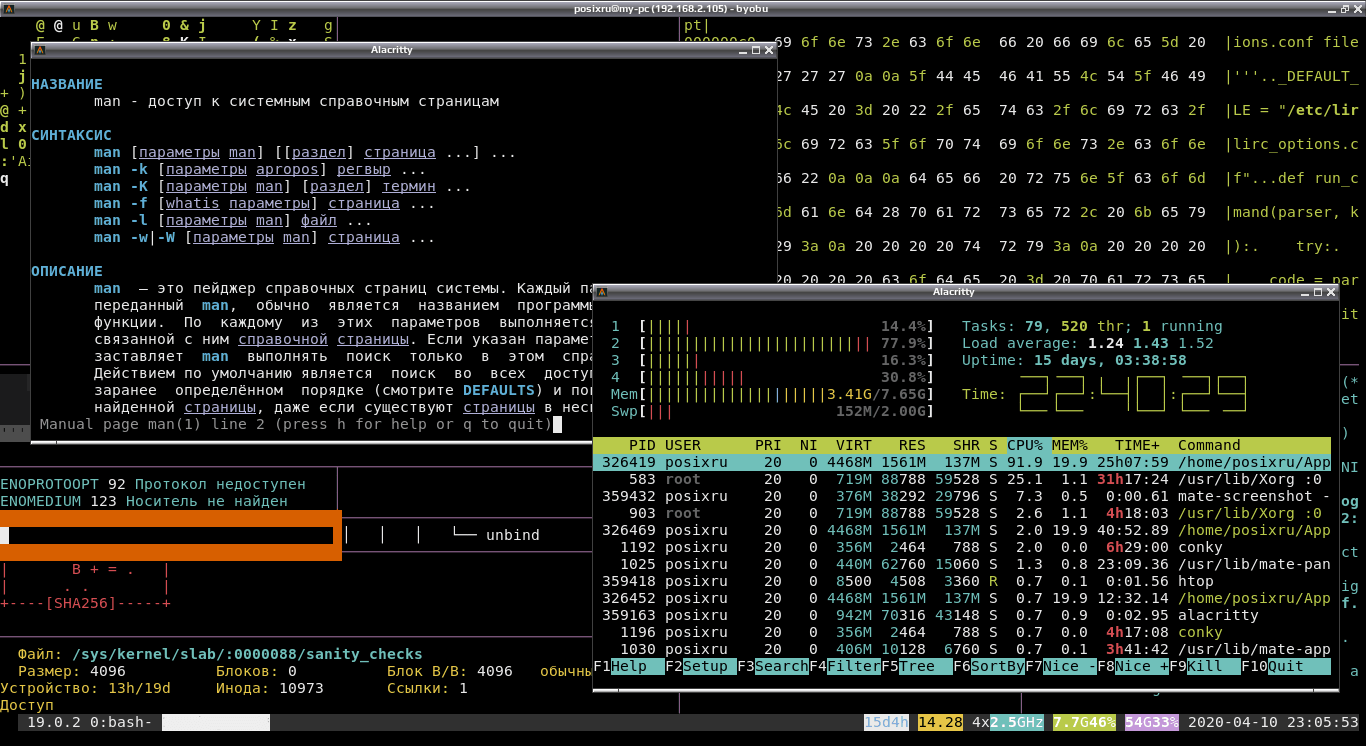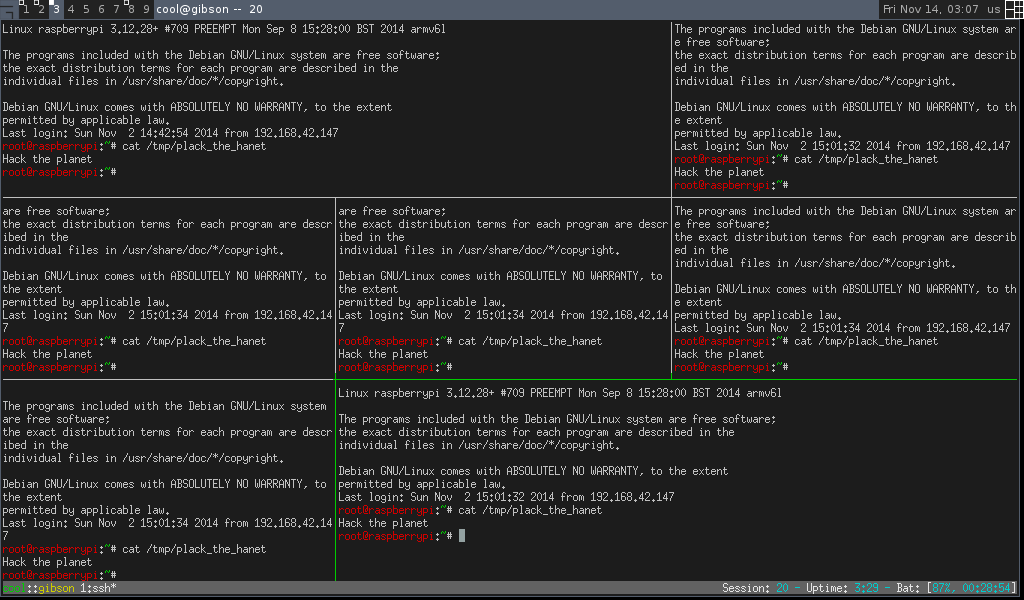


In XTerm you can test the status of your colour support with: We have essentially two levels, system support and each terminal application has to support colour itself. Most of us aren't using complex terminal emulation, we're just connecting to the local system over a virtual terminal. This complex capability means there are lots of pieces that can cause difficulty. But, terminal emulation is complex as it lets the user connect to systems with different capabilities. In the Xterm command, you can change the font for the window.UNIX has been around since the 1970's so you might think colour support would be easy. You can change the font size several times. Usually, you will want to use a large font when you edit files and run processes. There are also four options for the cursor.Ĭhanging the font size will also change the size of the window. You can also specify the title for the window with the xterm command. You should always specify the name of the icon, or else a window manager may display it. You can also specify the font that you want to use for bold text, which is the same as the font name in the normal text. This option is equivalent to -rv or -bw, respectively. Alternatively, you can specify the color of the text cursor. This mode sends an escape sequence when the user presses a keyboard button. To enable this, specify parameter 9 in the DECSET. To display X10 characters, use the xterm command with x10 compatibility mode enabled. For example, when you press Cb, X10 will display the following characters: Cb, button-1, and VT Fonts. The low two bits of Cb encode the button information and the modifiers. Hence, a button with Cb=button-1, while the high two bits encode modifiers down. These characters are based on the keyboard’s X10 layout. Xterm is a terminal emulator for the X Window System. It implements most of the features of a DEC VT102 or Tektronix 4014 terminal. It also supports ISO/ANSI color and control sequences. Xterm requires updating from package repositories and is available in the xterm/xterm2-xterminal folder. If you do not find the right package, you can try installing it manually or from a CD. To enable the wide-character mode, configure xterm so that its window mapping is first processed. xterm also supports VT100 graphic character escape sequences, which can be set through the system’s control-tab. This is useful for implementing legacy applications or slow displays. Once you’ve finished configuring the default-charset resource for xterm, you can start the application.
Uxterm config install#
Then, install the application using the xterm-gui package. The next step in installing Xterm is to choose the desktop icon. This is a crucial step if you want to use the program on a Linux system. However, there is a small catch: xterm’s default icon is not a terminal, but a terminal window manager. In such cases, it’s better to install a terminal manager instead. #Uxterm change font size in open terminal install# READ ALSO: Which Type of Multitasking Does a Linux Os Use? What is the Xterm Command in Linux? In Linux, this will make the process much easier to manage. The xterm command is a terminal emulator for the X Window System. It consists of an integrated command line interface and can be run in parallel across multiple displays. It can be used to display text and provide input and output for shells and other applications. You can open the xterm by right-clicking the XQuartz icon in your dock and selecting “Open Terminal.” This will open a new window with the xterm prompt. #Uxterm change font size in open terminal install#.


 0 kommentar(er)
0 kommentar(er)
